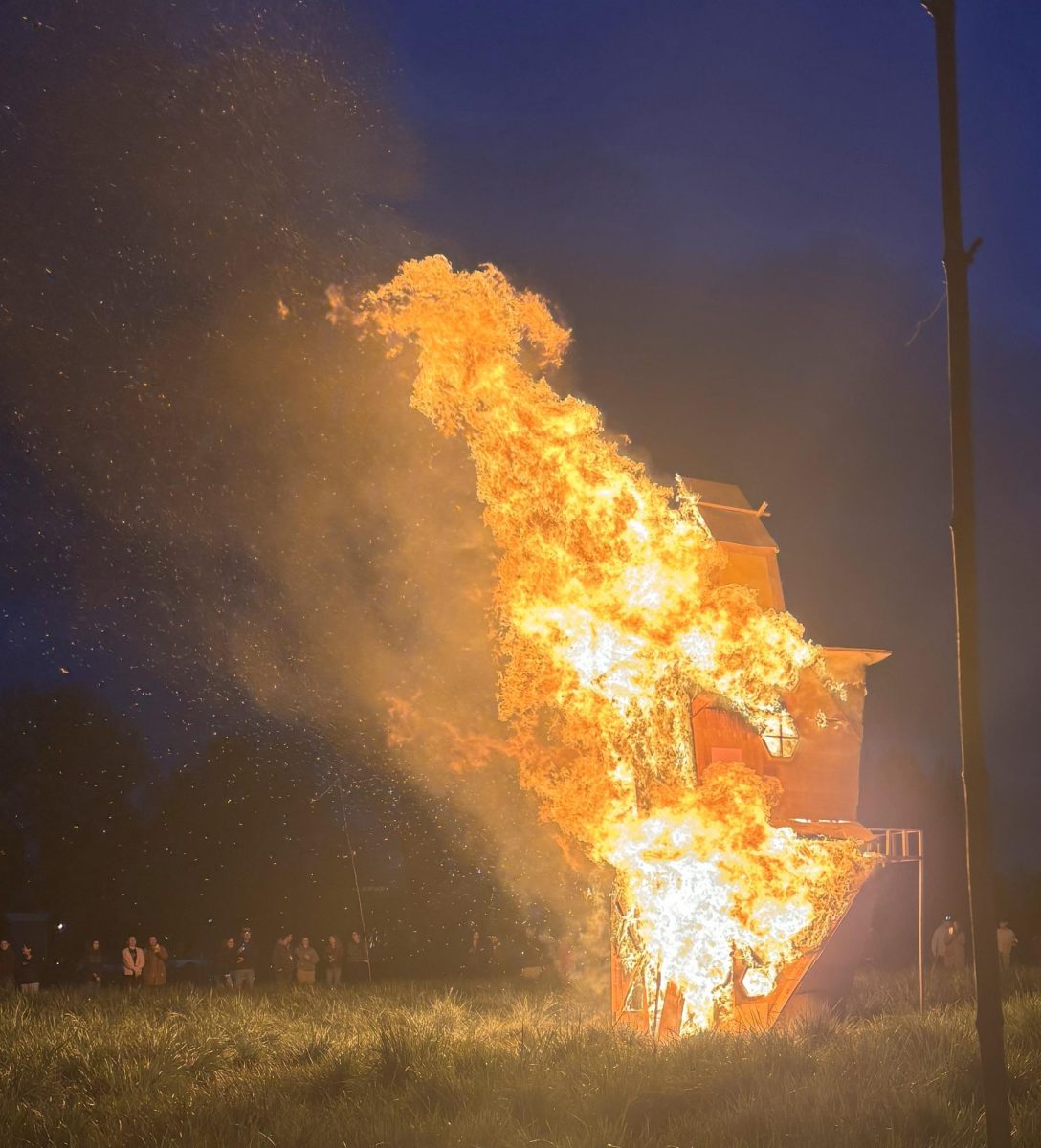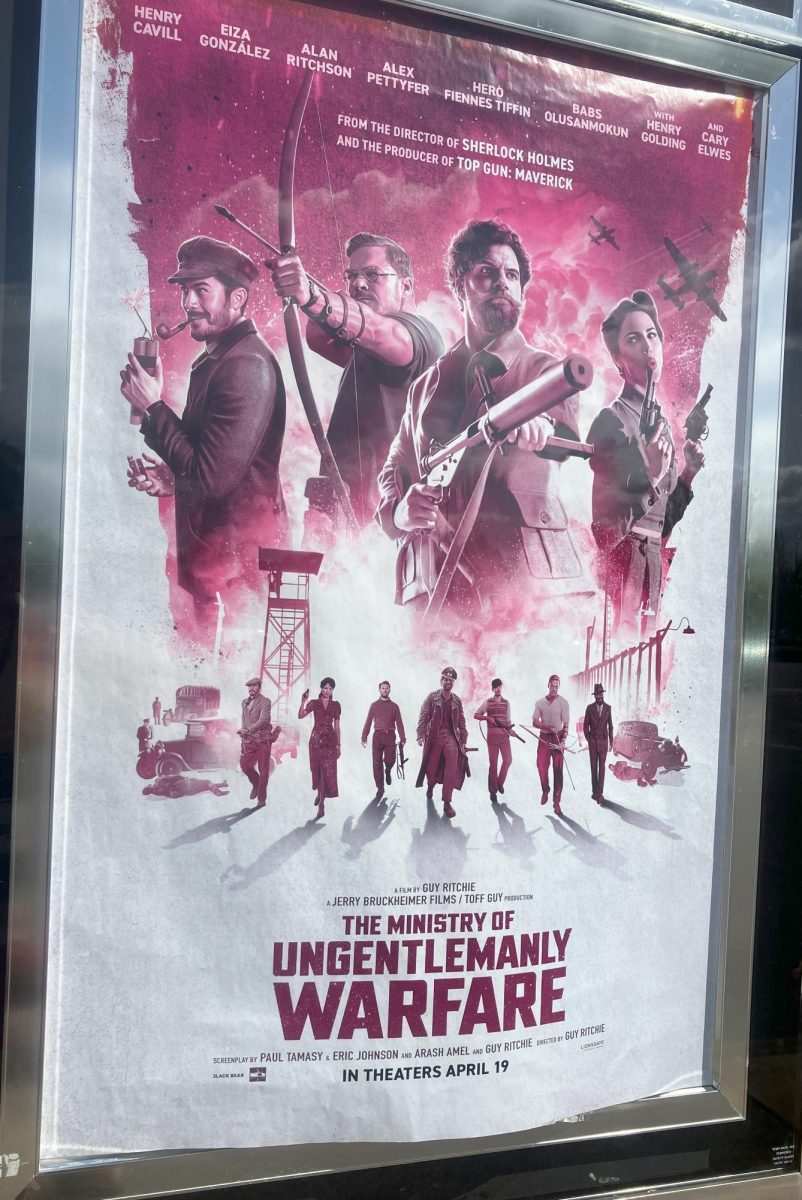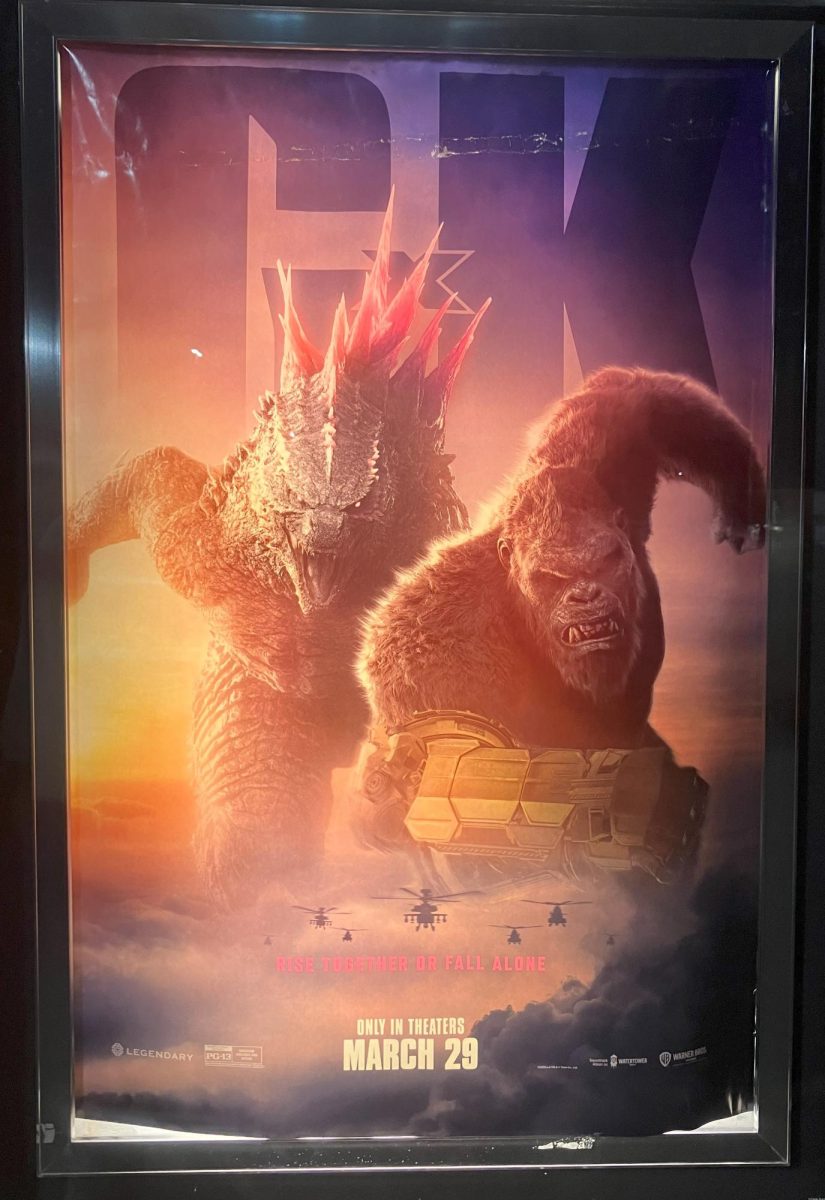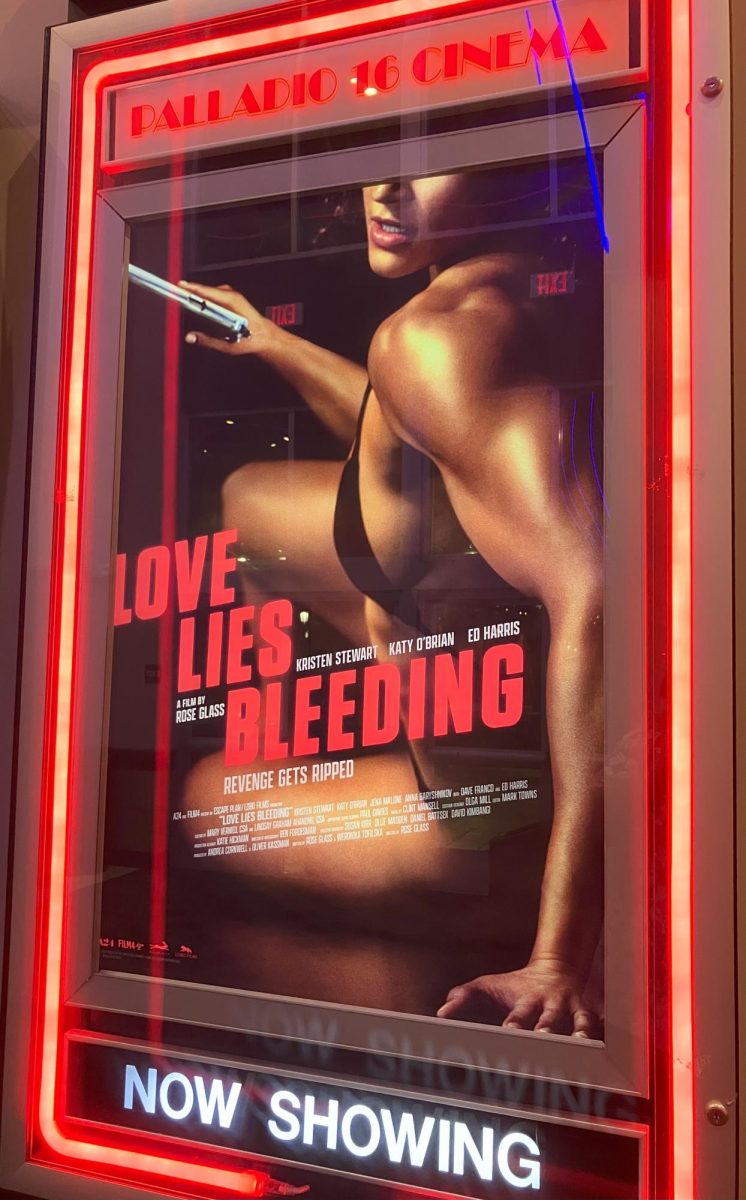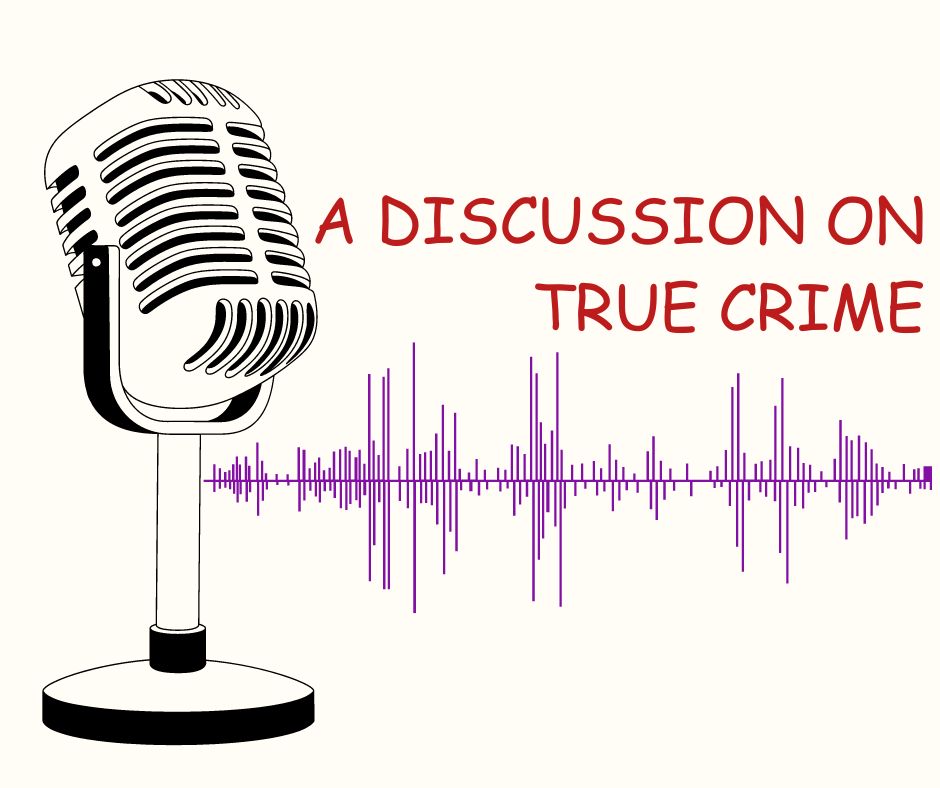Students and professors gathered for a presentation about the worldwide art exhibit, CowParade, on Oct. 16 in TJ Day Hall.
CowParade is an art exhibit that consists of a group of life-size fiberglass cow statues.
Corporations sponsor local artists to paint these statues. The finished statues range from cow-shaped advertising space to symbolic representations of pastoral history or references to local legends.
CowParade began in Zurich, Switzerland, to promote business in 1998 and quickly spread to Chicago in 1999 and New York City in 2000.
CowParade events have been hosted in more than 50 cities worldwide.
Dr. Sarah Wagner-McCoy, an assistant professor at Reed College, linked CowParade to Irish national pride, the Great Chicago Fire and Upton Sinclair’s “The Jungle,” and explores connections between these seemingly bland, inoffensive cow statues to the deeper cultural meanings that sit behind the public’s opinion of the statues.
The vandalism of the statues in Dublin was one of the topics that Wagner-McCoy focused on.
“The vandalism was surprising,” Wagner-McCoy said. “In other cities, the public loved the cows so much that they would defend them if anyone tried to vandalize them, but in Dublin, the cows were smashed, stolen, beheaded and covered in graffiti, even after the exhibit was officially over and the cows were moved to less public places.”
Wagner-McCoy’s explanation of this phenomenon went back to the British colonization of Ireland and the destruction of statues that Irish rebels saw as symbols of British rule.
She contrasted the vandalism in Dublin with the popularity of cows in Chicago, where the legend of Mrs. O’Leary’s cow is celebrated in songs, reenactments and even a movie.
Wagner-McCoy said that her interest in CowParade first came from working with children in New York.
“It was the summer that CowParade came to New York City, and the kids just loved them,” Wagner-McCoy said. “We took field trips to see them and had activities based around them. There was one activity where the kids made their own little cows out of paper.”
The second time she encountered CowParade, Wagner-McCoy said she was in Dublin when the exhibit returned to the city.
“The teenagers got to paint one of the cows as a group, but they just were not interested,” Wagner-McCoy said. “It was basically a ‘No’ cow. They had these stickers with the red circles with diagonal slashes through them, saying no to drugs, marijuana, guns, all these things that they thought the kids would do, and the kids were supposed to paste these stickers onto this cow statue. It was incredibly insulting.”
The weird contrast between the children’s reactions to the cows in New York City and in Dublin intrigued Wagner-McCoy, she said.
“Pastoral images are everywhere,” Wagner-McCoy said. “It seems like a shallow hype, but it’s also very complex.”
The event was sponsored by the English Department.
____________________________________________________________________________________________________
Sharon Gollery/Culture editor
Sharon Gollery can be reached at [email protected].

